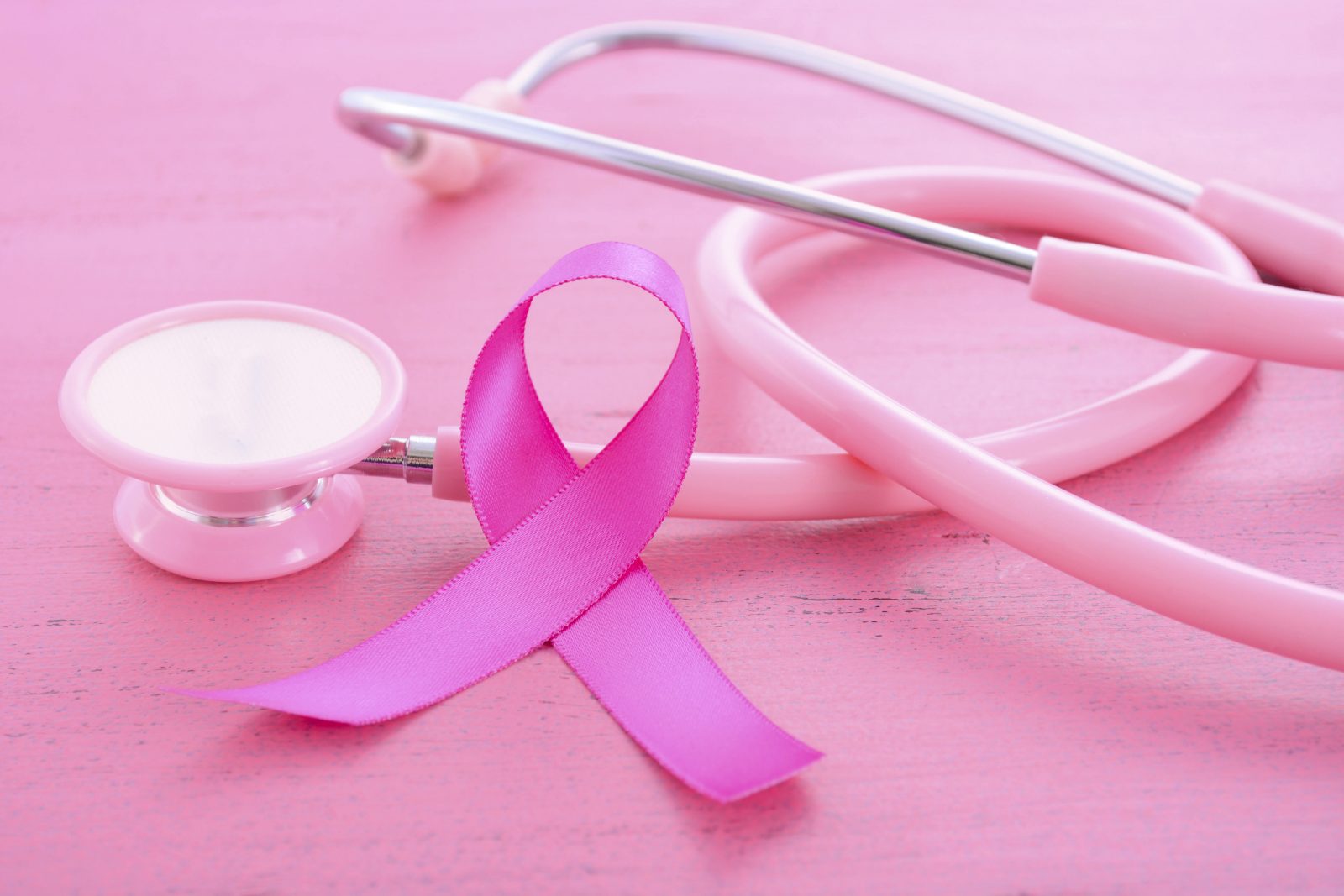
Breast Cancer Awareness Month is an annual international health campaign that is held every October to recognize the impact that breast cancer has on people. Current statistics demonstrate that 1/8 of women in the United States will be diagnosed with breast cancer during their lifetime. While breast cancer has a high prevalence in our society, it can be associated with a good prognosis with early detection and treatment. To ensure that individuals are aware of the risks associated with breast cancer, it is in the best interest of Haute Beauty expert Dr. Gabrielle Davis to dive into the finer details of check-ups, diagnosis, and risk. Here is what Dr. Davis has to say:
Dr. Gabrielle Davis | Breast | Los Angeles
Modifiable risk factors for breast cancer have been associated with states of longer lifetime exposure to hormones, such as early menarche, late first pregnancy, opting not to breastfeed, and late-onset of menopause. In addition, the use of post-menopausal hormone replacement therapy has been associated with an increased risk as well as post-menopausal obesity due to the higher peripheral production of estrogen in the fatty tissues. Nonmodifiable risk factors for breast cancer include hereditary or genetic factors as well as advanced age. One of the most widely studied genetic defects associated with breast cancer is the BRCA1 and BRCA 2 mutation. Other hereditary factors may not be associated with a specifically known gene defect, however, are identified by extensive family history. Particularly, a first-degree family member with breast cancer diagnoses at a young age or multiple family members with breast cancer should warrant an individual to undergo risk evaluation. Women with a strong hereditary link are recommended to undergo evaluation by the genetic counselor to discuss risk reduction strategies.
Patients with breast cancer may present with symptoms such as a new mass or lump, skin retraction or dimpling, change in color of the breasts, nipple retraction, nipple discharge, and/or swollen axillary lymph nodes. However, in the vast majority of patients, breast cancer is detected on routine imaging. The current recommendations for screening by the American Cancer Society are that women at average risk can start screening with a yearly mammogram between ages 40-44, however, by ages, 45-54 women should obtain a yearly mammogram. Women over the age of 55 can have a mammogram every other year as long as they do not have a history of abnormal mammograms. Patients at high risk, such as those with a known gene mutation or significant family history, should start screening 5-10 years younger than the earliest age of diagnosis in their family or by the age of 30. Patients at high risk also may choose to have prophylactic mastectomies, however, this is a very individualized decision that a patient should consider after understanding all of her options.
For more information, visit Dr. Davis's website, Instagram, or Facebook!
























